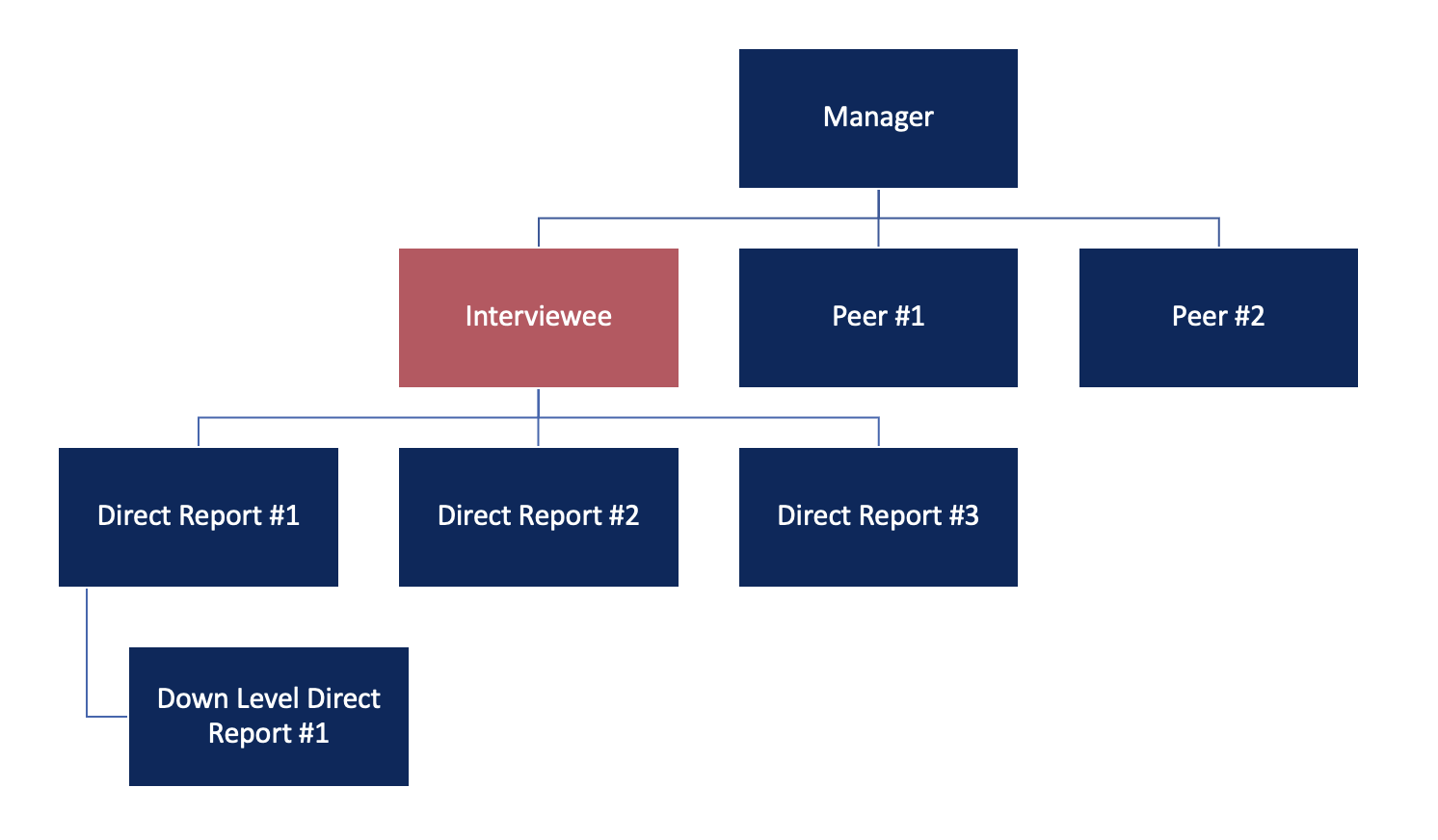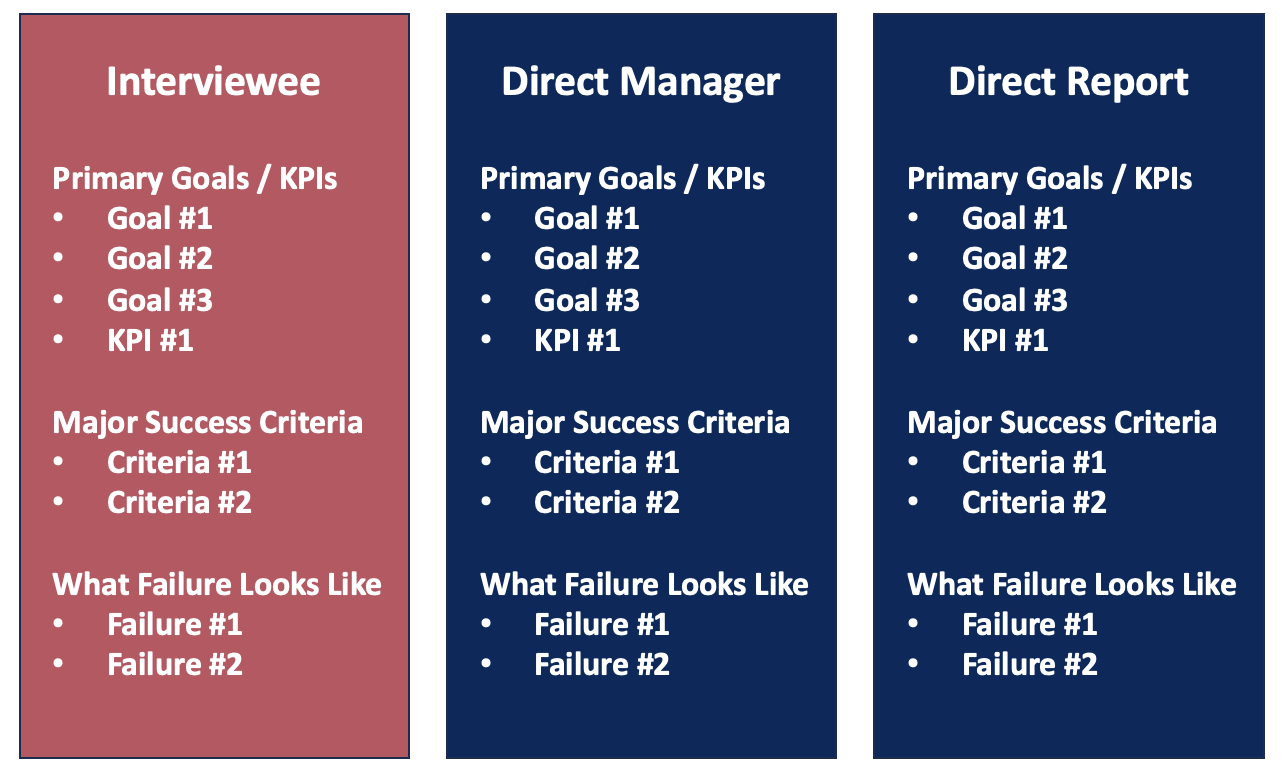So many companies, at some point in their history, think about selling into an enterprise account. This could be the small consumer goods company with a strong track record in regional, specialty markets wondering if they can sell to a Kroger or Albertsons. Or, it could be a B2B SaaS company with some financial backing and success closing deals with smaller companies wondering if they can reach a Microsoft or Salesforce.
However, the track record of many companies moving upmarket is dim. Enterprise account sales is notoriously hard, no matter how good your product is.
How do companies make the leap successfully? One way is to make sure they actually know to whom they’re selling.
Doing the legwork to explore organizational hierarchies, stakeholders, goals, and pain points plays a major role in knowing who to sell to, and how. And, it even sheds light on whether it’s a worthwhile activity in the first place.
5 Elements To Explore When Selling To Enterprise Accounts
Before engaging in selling to an enterprise account, it’s paramount to assess how these organizations are structured, the key roles involved in evaluating a product like yours, and if there is a need for such a product.
Fielding direct interviews with individuals in your target category offers material insight into these areas. By holding structured, detailed conversations with key personnel, you’ll quickly learn how to approach selling into enterprise accounts and if it’s an activity your organization wants to pursue.
Consider exploring five core areas when fielding any type of interview-based project to explore enterprise accounts.
1. Department Structure
When you need to target the right people in the right way, you first need to know where they are within the broader organization. This means learning the department they are part of, what that department is accountable for, and how that department may work with other related departments.
To being an exploration of department structure, consider questions like…
- Tell me about the department or internal team that you’re a part of.
- What role does this department play within the broader functional group you’re in?
- Are X or Y part of this department, or separate? Why does it make sense to keep them together/separate?
2. Organizational Hierarchy

Once you know more about the department, it’s time to understand the types of people within it. This means asking about direct reports, managers, and senior managers. The end goal with these questions is to start building the framework for a standard organization structure.
To begin an exploration of organizational hierarchy, consider questions like…
- Tell me about your title and role. What are you responsible for?
- Tell me about your direct reports. What are their titles and roles?
- Do your direct reports have direct reports? If so, what are their key areas of focus?
- Tell me about your direct manager. What is their title and role?
- Who are your direct manager’s peers in the department? What are their titles and roles?
- Who do your direct managers’ peers report to?
3. Stakeholders & Their Responsibilities
At this point, you know the department and key individuals. Now it’s time to learn about the individuals themselves. As you explore the key individuals across the organizational hierarchy, you learn who is responsible for what. And, by diving into organizational personas, you learn who is the best target for your product or service and who influences that purchase.
Consider these types of questions when evaluating account stakeholders…
- Tell me about your specific role. What are your day-to-day responsibilities? What are your core KPIs. What does success look like? What does failure look like?
- Tell me about your direct reports. What are their day-to-days? What key goals or KPIs do they work towards? What does success look like? What does failure look like?
- What does your direct manager oversee? What KPIs or metrics does your direct manager work towards? What does a big win look like for your direct manager?

4. Buying Roles
Once you know who is who, and what they do, you’ll also need to understand how they fit into three key roles:
- The Initiator
- The Influencer
- The Decision Maker
The Initiator is the person who would begin the exploration process. Depending on the organization, this may be a junior person tasked with the responsibility by their manager. However, sometimes it’s the person with the direct need themselves.
The Influencer, as the name implies, influences the decision. They may be involved in vetting criteria, talking to the vendor, or testing the product out.
The Decision Maker is the person who gets to make the final go / no-go purchase decision. Oftentimes, this is the person that owns a team or department budget and decides how that budget is spent.
Sometimes a single person in an organization holds all three roles. Meanwhile, sometimes they only own one. Nevertheless, by spending time to first understand who is in the organization, you can then assess what key role they may play in the buying process.
To determine buying roles, use questions like:
- Who typically seeks out products that do X, Y, and Z? Why are they the person doing that initial exploration?
- Who is involved in helping to explore or vet the product? What do they do during the vetting?
- Who gets to make the final go / no-go decision? How is that decision made?
- Are there certain product price points that impact who can make a decision?
5. Product or Service Appeal
At this stage in the exploration process, you have a strong sense for who you would most likely need to engage with to successfully sell to enterprise accounts.
With this lay-of-the-land in place, you can also use your interviews as an opportunity to test your product or service with an enterprise audience. After all, a little extra product validation never hurt.
When doing any kind of product concept tests, ask questions like…
- What are the first thoughts that come to mind now that you’ve heard about this product?
- Is this product relevant to you? Why / why not?
- How could this product help address existing needs / challenges you have?
- What are your initial questions or concerns when hearing about this product?
Deciding To Sell To Enterprise Accounts
With this insight in-hand, you now know about these types of accounts, who you have to sell to, and what your product must do for it to be of interest.
At this point, it’s time to assess if selling into enterprise accounts is a viable activity. Given the information you collected, ask your self the following three questions:
- Does my product meet the needs of the necessary initiators, influencers, and evaluators?
- Does my business have the personnel resources to reach all of the necessary initiators, influencers, and evaluators?
- Does my business have the incremental resources (e.g. financial capital, financial runway) to reach all of the necessary initiators, influencers, and evaluators?
If you answer “yes” to all three questions, there is likely an opportunity to sell to enterprise accounts. Of course, this doesn’t mean you have to. There are several strategic considerations that merit moving forward or not. But, the intel gathered in your interviews, coupled with these three key questions, signal if you even could move in this direction in the first place.






